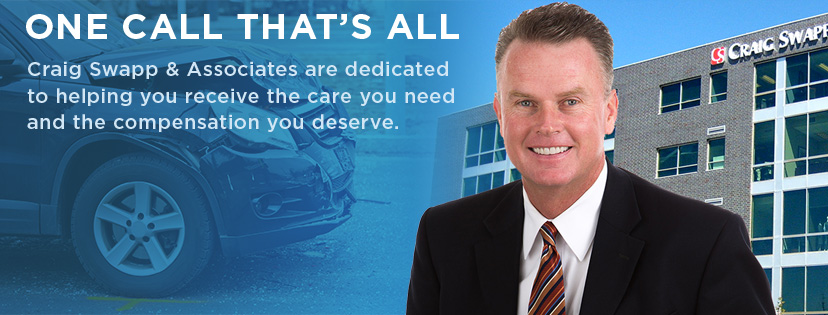Spokane Car-Truck Crash Highlights Risk
A collision on Argonne Road recently underscored the danger that large truck crashes pose to motorists in smaller vehicles. The driver of the car later died from her injuries, a result that is tragically all too common in situations like this. When a crash involves a large truck and a smaller vehicle, not only is the risk of serious injury or death greater than when two smaller vehicles collide, but it’s usually the occupants of the smaller vehicle who suffer most.
Very Bad Odds
According to the preliminary report, on March 11th at approximately 4:00 a.m. near the intersection of Argonne and Bigelow Gulch Road, a passenger car with a single occupant crossed the centerline and collided with a semi-truck traveling in the opposite direction. As you can see from this photo taken at the scene, this kind of collision is extremely destructive.
Truck crashes account for about 3 percent of all crashes with injuries or property damage but account for more than 8 percent of crash fatalities. When a passenger vehicle and a truck or other large commercial vehicle collide, the damage is particularly lopsided in favor of the truck. Data from the Insurance Institute for Highway Safety (IIHS) claims that when there is a fatality in a crash between these two types of vehicle, the driver killed is the one driving the passenger car an astounding 97 percent of the time.
This is mostly the result of simple physics. Even though safety features such as air bags, crumple zones, and anti-lock brakes are often better in cars, a fully loaded semi-truck can weigh more than twenty times the average American car on the road today. In situations like this, it doesn’t matter who is at fault, the car and its occupants are at much greater risk than those in the truck.
Stay Alert and Drive Safely
Collisions between passenger vehicles and large trucks are not uncommon—in fact, ten to fifteen happen in Washington State every day. Most are minor and only result in property damage or less serious injuries, but between thirty and fifty motorists are killed in crashes like this in Washington each year. About twice that many suffer serious injury.
Drivers should always use caution around trucks, buses, and other large vehicles. Besides being much heavier than a passenger car, they are not as maneuverable and can’t stop as quickly as smaller vehicles. Their size also means that a truck’s driver can’t always see smaller vehicles nearby. No matter how well the mirrors are positioned, a car can disappear into a truck’s blind spot, and no driver is good enough to react to something that he or she can’t even see.
Spokane Truck Accident Lawyers
If you’ve been in a crash involving a semi or other large commercial vehicle, it’s a good idea to have experienced legal help on your side. The state and federal laws and regulations that apply to trucks can be complex, and dealing with insurance companies can be difficult. The victims of truck collisions deserve help covering medical bills, property damage, and lost wages and income. Turn to Craig Swapp & Associates for assistance. Our office understands truck accident law, and we offer a free review of your case to help you decide how to move forward. Use the free LiveChat application from any part of our website for quick answers to your questions. You can also call us at 800-404-9000 or contact us online today.
The post Spokane Car-Truck Crash Highlights Risk appeared first on Craig Swapp & Associates.
